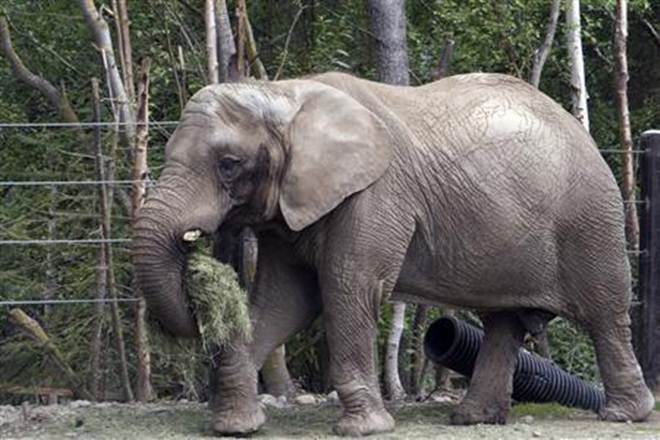NEW YORK: Animals in the Goldilocks zone – neither too big, nor too small, but just the right size – face a lower risk of extinction than those on both ends of the scale, according to an extensive global analysis.
Researchers, including those from Oregon State University in the US, looked at more than 27,000 vertebrate animal species, including birds, reptiles, amphibians, bony fishes, cartilaginous fishes (mostly sharks and rays) and mammals, about 4,400 of which are threatened with extinction.
They found that many of the larger species are being killed and consumed by humans, and about 90 per cent of all threatened species larger than one kilogramme in size are being threatened by harvesting.
Harvesting of these larger animals takes a variety of forms including regulated and unregulated fishing, hunting and trapping for meat consumption, the use of body parts as medicine and killing due to unintentional by catch, researchers said.
They said that threats to the smallest animals may be grossly underestimated.
The researchers also noted that the smallest species with high extinction risk consist of tiny vertebrate animals generally less than about 77 grammes in body weight.
These diminutive species are mostly threatened by loss or modification of habitat. Examples include the Clarke’s banana frog, sapphire-bellied hummingbird, gray gecko, and the waterfall climbing cave fish. Small species that require freshwater habitats are especially imperilled, they said.
“Knowing how animal body size correlates with the likelihood of a species being threatened provides us with a tool to assess extinction risk for the many species we know very little about,” said William Ripple, professor at Oregon State University.
“Different conservation strategies will be needed to address threats to the largest and smallest animals,” researchers said.
Well known mammals at the large end of the scale – whales, elephants, rhinos, lions – have been the target of protection programmes, but conservation attention is also needed for large-bodied species that are not mammals.
They include large fish, birds, amphibians and reptiles such as the whale shark, Atlantic sturgeon, Somali ostrich, Chinese giant salamander and the Komodo dragon, researchers said.
The study was published in the journal Proceedings of the National Academy of Sciences. (agencies)


